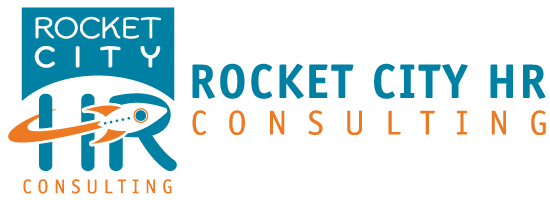One of the factors contributing to turnover is the lack of employee feedback. It is difficult for employees to gauge their own progress if the performance goals and objectives are not clearly communicated. Without feedback, employees do not feel valued. They can become unmotivated, disengaged, and therefore more likely to seek employment elsewhere. And the job market is extremely competitive.
Employee turnover results in a loss of productivity and additional training time and can adversely affect your reputation as a company. In a February 28, 2024 report from Express Employment Professionals and The Harris Poll, U.S. hiring decision-makers reported that turnover cost their companies an average of $36,295 annually in lost productivity and rehiring costs, with over 20% stating that number climbs to $100,000 or higher (source: hrdive.com).
The Solution:Performance reviews ensure employees know how to best serve the company. It is impossible to measure an employee’s effectiveness without communicating accurate, up-to-date job descriptions and benchmarks (performance goals). Companies should be sharing the Strategic Plan and collaborating with employees.
Next, reviewing current job descriptions and conducting a job analysis to verify and/or update the job requirements is the starting point for developing valid performance objectives. With solid performance objectives, managers can identify areas for improvement and access training needs. Annual performance reviews enable management to identify employees with the potential to move into other positions within the company. Employees should be involved in the development of their performance objectives. They are more likely to understand and buy in to performance goals when they are involved in the process of setting them. Clearly communicating performance objectives and providing regular documented feedback is crucial to employee development and company growth.
Annual reviews should be done face-to-face with the employee whenever possible. First, engage the employee by asking them to communicate how they measured their own performance against the goals. Then, provide your feedback and assessment of their current performance.
Next, collaborate with the employee on the performance objectives for the next rating period. It is also crucial to document instances of failure to meet performance objectives. Even in a right-to-work state, lawsuits alleging biased or discriminatory termination decisions do occur. Your documentation can provide strong evidence that the termination was not arbitrary or discriminatory.
By implementing a solid process to share the Strategic Plan, and to collaborate and communicate performance expectations and results, innovation and creativity among team members is heightened, positively impacting company growth and competitive success. If your organization’s process omits some of these steps or doesn’t exist at all, it’s time to take a look at how annual performance reviews (done right!) can transform your workforce.
By Karen Burton, SHRM-SCP, SPHR






